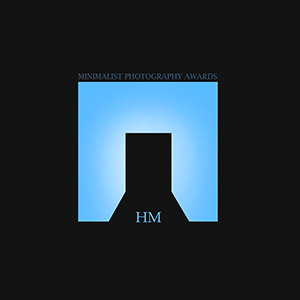![]()
![]()
Lo spazio urbano è teatro di un tempo che subiamo, di un insopportabile rumore di fondo, di veicoli, persone, stimoli visivi in sovrabbondanza. Inconsciamente costruiamo un immaginario urbano confuso e asistematico: in cui il tutto sovrasta il particolare.
Attraversiamo i luoghi del quotidiano incuranti delle loro relazioni estetiche e funzionali, la città ci scorre addosso.
C’è un tempo, tuttavia, in cui possiamo abbassare i ritmi ed addentrarci nell’osservazione della città: è il tempo del loisirs. Un tempo in cui finalmente, novelli flâneur, possiamo far rallentare il nostro sguardo e aumentare la nostra soglia di attenzione.
Ecco allora che la città si svela. Presi in silenzi insoliti, gli spazi si rivelano alla vista nelle loro caratteristiche costruttive e funzionali.
Attraverso la fotografia che è frammentazione spazio temporale, sospendiamo il flusso quotidiano di stimoli visivi sempre più inquinati, per giungere ad una città idealizzata; dove razionalità ed estetica ci invitano a riflettere sulle moderne dialettiche della architettura e dell’urbanistica.
Ora la città mostra la sua pelle ed il particolare diviene significante decisivo. L’immobilità della posa e l’assenza di ogni riferimento attivo alla figura umana, ci proietta verso una dimensione estico-surrelae, solo i segni dell’usura - volutamente ricercati - ci riportano in un tempo già vissuto in cui la vita riprenderà a scorrere ed i luoghi torneranno ad esserne lo sfondo.
Urban space is the theater of a time that we suffer, of an unbearable background noise, of vehicles, people, visual stimuli in overabundance. We unconsciously construct a confused and asymptomatic urban imaginary: in which everything overpowers the particular. We pass through the places of daily life, regardless of their aesthetic and functional relationships, the city flows on us.
There is a time, however, in which we can lower the rhythms and go into the observation of the city: it is the time of the loisirs. A time when finally, new flâneur, we can slow down our gaze and increase our threshold of attention.
Here then is that the city is revealed. Taken in unusual silences, the spaces are revealed to the eye in their constructive and functional characteristics. Through photography, which is fragmentation of space, we suspend the daily flow of increasingly polluted visual stimuli, to arrive at an idealized city; where rationality and aesthetics invite us to reflect on the modern dialectics of architecture and urbanism.
Now the city shows its skin and the particular becomes decisive signifier. The immobility of the pose and the absence of any active reference to the human figure, propels us towards an estival-surrelae dimension, only the signs of usury - deliberately sought - bring us back to an already lived time in which life will resume and the places will return to be its background.
